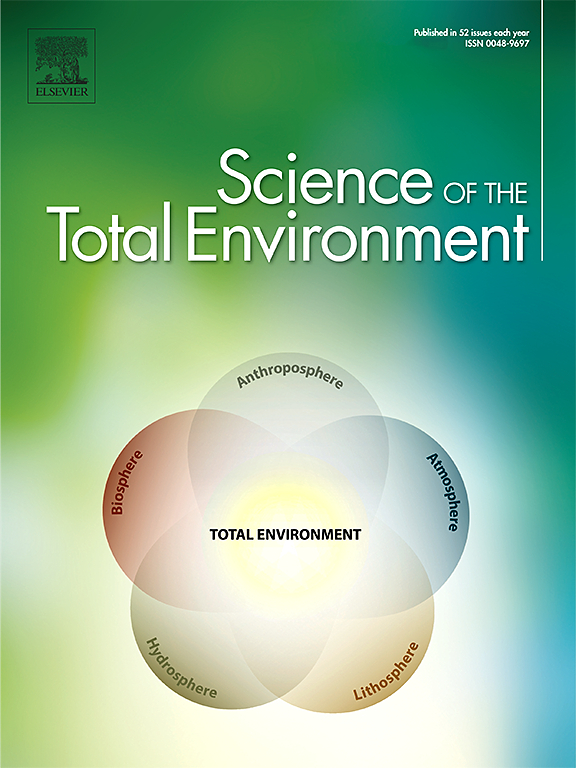A possible role of NDVI time series from Landsat Mission to characterize lemurs habitats degradation in Madagascar
IF 8.2
1区 环境科学与生态学
Q1 ENVIRONMENTAL SCIENCES
引用次数: 0
Abstract
Deforestation is one of the main drivers of environmental degradation around the world. Slash-and-burn is a common practice, performed in tropical forests to create new agricultural lands for local communities. In Madagascar, this practice affects many natural areas that host lemur habitats. Reforestation within nature reserves including fast-growing native species is desirable, for example in this area using native bamboo with the aim of restoring the habitat increased plantation success. In this context, the extensive detection of forest disturbances can effectively support restoration actions, providing an overall framework to address priorities and maximizing ecological benefits. In this work and with respect to a study area located around the Maromizaha New Protected Area (Madagascar), an analysis was conducted based on a time series of NDVI maps from Landsat missions (GSD = 30 m). The period between 1991 and 2022 was investigated to detect the location and moment of forest disturbances with the additional aim of quantifying the level of damage and of the recovery process at every disturbed location. It is worth noting that the Maromizaha New Protected Area currently hosts 12 species of endangered lemurs, highlighting its pivotal role as a critical conservation and restoration priority due to the ecological significance of preserving habitat integrity to sustain these threatened species. Detection was operated at pixel level by analyzing the local temporal profile of Normalized Difference Vegetation Index - NDVI (yearly step). Time of the eventual detected disturbance was found within the profile looking for the first derivative minimum. Significance of NDVI change was evaluated testing the Chebyshev condition and the following parameters mapped: i) year of disturbance; ii) significance of NDVI change; iii) level of damage; (iv) year of vegetation recovery; (v) rate of recovery. Accordingly, the level of the damage and the rate of recovery were used to estimate resistance and resilience indices of lemurs' habitat (inherently forested areas). Finally, temporal trends of both forest loss and recovery were analyzed to investigate potential impacts onto local lemur populations and, more in general, to the entire Reserve.

求助全文
约1分钟内获得全文
求助全文
来源期刊

Science of the Total Environment
环境科学-环境科学
CiteScore
17.60
自引率
10.20%
发文量
8726
审稿时长
2.4 months
期刊介绍:
The Science of the Total Environment is an international journal dedicated to scientific research on the environment and its interaction with humanity. It covers a wide range of disciplines and seeks to publish innovative, hypothesis-driven, and impactful research that explores the entire environment, including the atmosphere, lithosphere, hydrosphere, biosphere, and anthroposphere.
The journal's updated Aims & Scope emphasizes the importance of interdisciplinary environmental research with broad impact. Priority is given to studies that advance fundamental understanding and explore the interconnectedness of multiple environmental spheres. Field studies are preferred, while laboratory experiments must demonstrate significant methodological advancements or mechanistic insights with direct relevance to the environment.
 求助内容:
求助内容: 应助结果提醒方式:
应助结果提醒方式:


